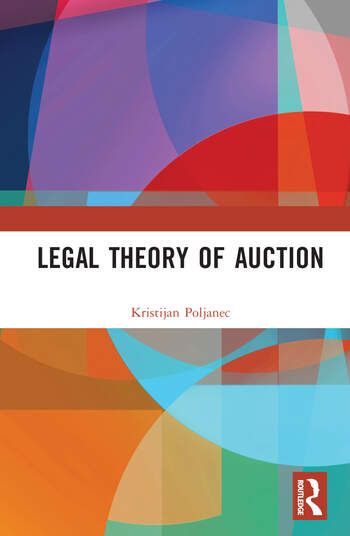
The widespread understanding of auction structure considers auction as consisting of three contracts: contract between the seller and the auctioneer, contract between the auctioneer and the buyer and the sale contract between the seller and the buyer. The book challenges this concept arguing that the traditional tripartite concept of auction is too narrow and does not correspond to the actual structure of auction relations.
Demonstrating that an auction structure consists of a plethora of legal relationships, including non-contractual relations, this book explores the legal concept of auction sale and structure of accompanying relations. The book provides a historical overview of auctions and different auction models. Following a brief introduction to the economic theory, auction models are examined against the following legal criteria: price formation, publicity, parties' autonomy, legal form, and applied technology to find a legal concept and nature of auction. The book explores the legal position of key auction figures and auction objects to identify the categories of legal relations that appear at auction. It explores legal nature of the main contract, as well as relations between the consignor and the auctioneer, the auctioneer and the bidders, the bidders, the consignor and the bidders. The book covers relations arising from droit de suite, financial and bidding agreements to provide a comprehensive overview of less known legal relations that commonly arise in auction practice.